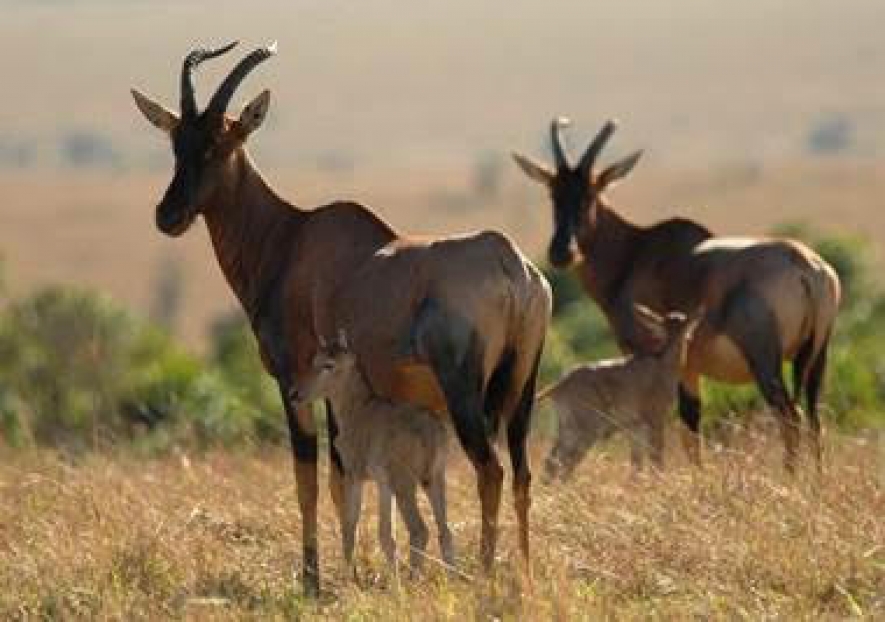Considering that over 60% of pathogens responsible for human diseases are of animal origin and that a majority of these pathogens are coming from wildlife, wildlife disease prevention, monitoring, and control are believed to be crucial factors for safeguarding biodiversity and public and animal health worldwide.
“The role played by the Veterinary Services in each country is essential to carry out early detection, prevention and surveillance of these diseases. Their transmission can be amplify by the global trade in wildlife and can lead to human diseases outbreaks as well as threatens livestock production and rural livelihoods, native wildlife populations and the health of ecosystems”, said Dr Bernard Vallat. Consequently, it is in the public interest that all diseases for which wildlife act as a reservoir are dealt with under a collaborative “One Health” approach whereby a sentinel benefit from greater attention of the international community can be achieved.
Within the framework of the overall mandate to improve animal health and welfare, the OIE assists its 180 Member Countries to address disease impacts on wild animals. In this regard, a permanent Working Group, composed of world-renowned experts, has been addressing wildlife diseases since 1994. In addition, the OIE’s 6th Strategic Plan (2016-2020) identifies as a major consideration the importance of influencing policy design, education, research and governance on worldwide issues, which include the interface between eco-system health and animal health, the protection of endangered animal species and the impact of the loss of biodiversity on disease occurrences.
This goal is closely linked with the objectives of CITES, a legally binding agreement with 181 States Parties, to protect listed species, to conserve biodiversity and to contribute to its sustainable use by ensuring that no species of wild fauna and flora becomes or remains subject to unsustainable exploitation through international trade.
Agreement to safeguard biodiversity and protect animals worldwide
December 05, 2015
Rabies, Ebola haemorrhagic fever, West Nile Fever, Avian influenza, Brucellosis, Foot and mouth disease: these are only a few examples of well-known, emerging, or re-emerging diseases that are originally found or circulated in wildlife and which potentially have huge human and animal health, or socio-economic consequences.



















